11 Simple Chores Your 5-Year-Old Can Help With
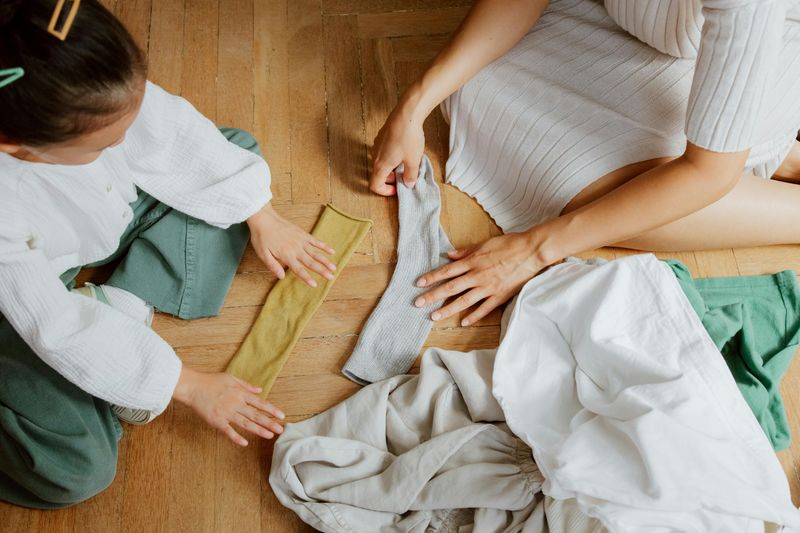
Introducing chores to your 5-year-old isn’t just about getting help around the house—it’s about teaching responsibility and building confidence. At this age, children are eager to be ‘big kids’ and genuinely want to contribute to family life. These age-appropriate tasks foster independence while making your little one feel like a valued family team member. The key is choosing simple, safe activities that set them up for success rather than frustration.
1. Make Their Bed
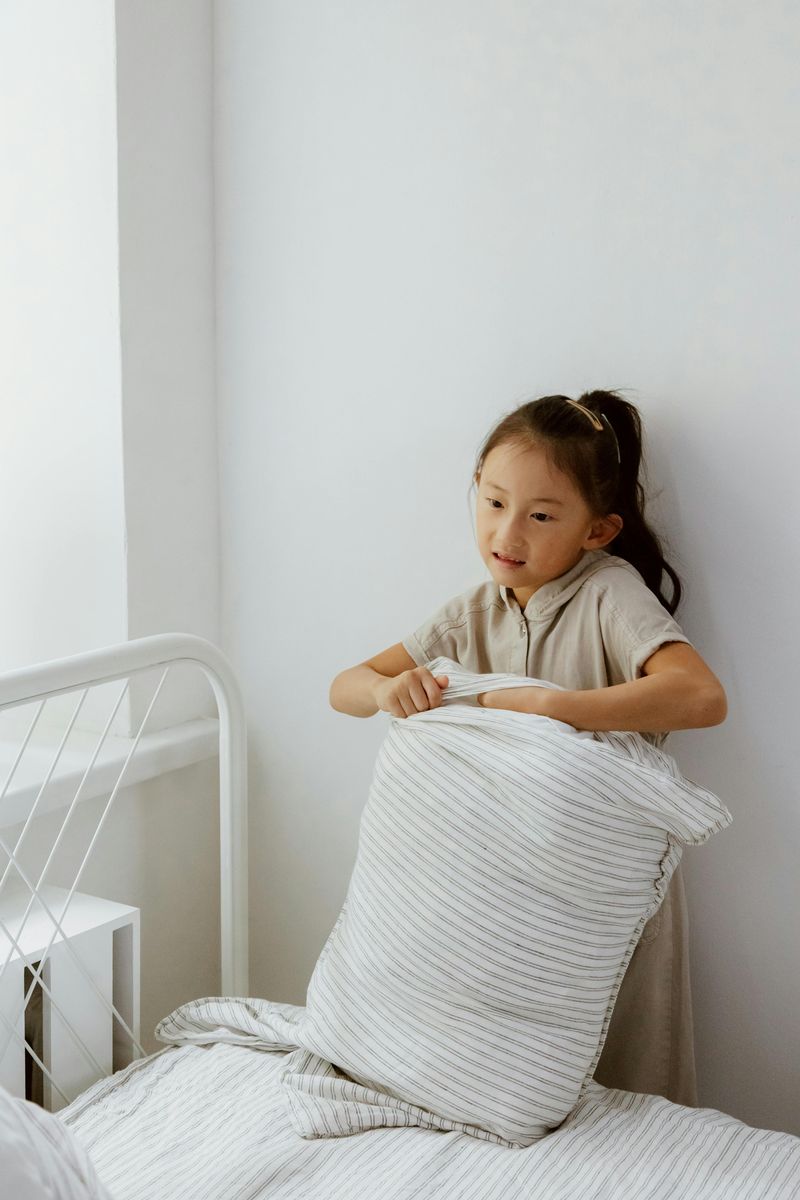
Nothing beats the pride on a child’s face when they’ve conquered bed-making all by themselves. Start by keeping it simple—pulling up the comforter and arranging a few favorite stuffed animals on top is plenty for beginners.
Morning routines become more meaningful when your child has ownership of this task. Even if the results aren’t picture-perfect (and they won’t be!), resist the urge to straighten it afterward. The slightly rumpled appearance is far less important than the confidence your child gains.
For extra encouragement, consider a sticker chart to track consecutive days of bed-making, or take a photo of their first successful attempt. Before you know it, this daily habit will become second nature.
2. Put Away Toys
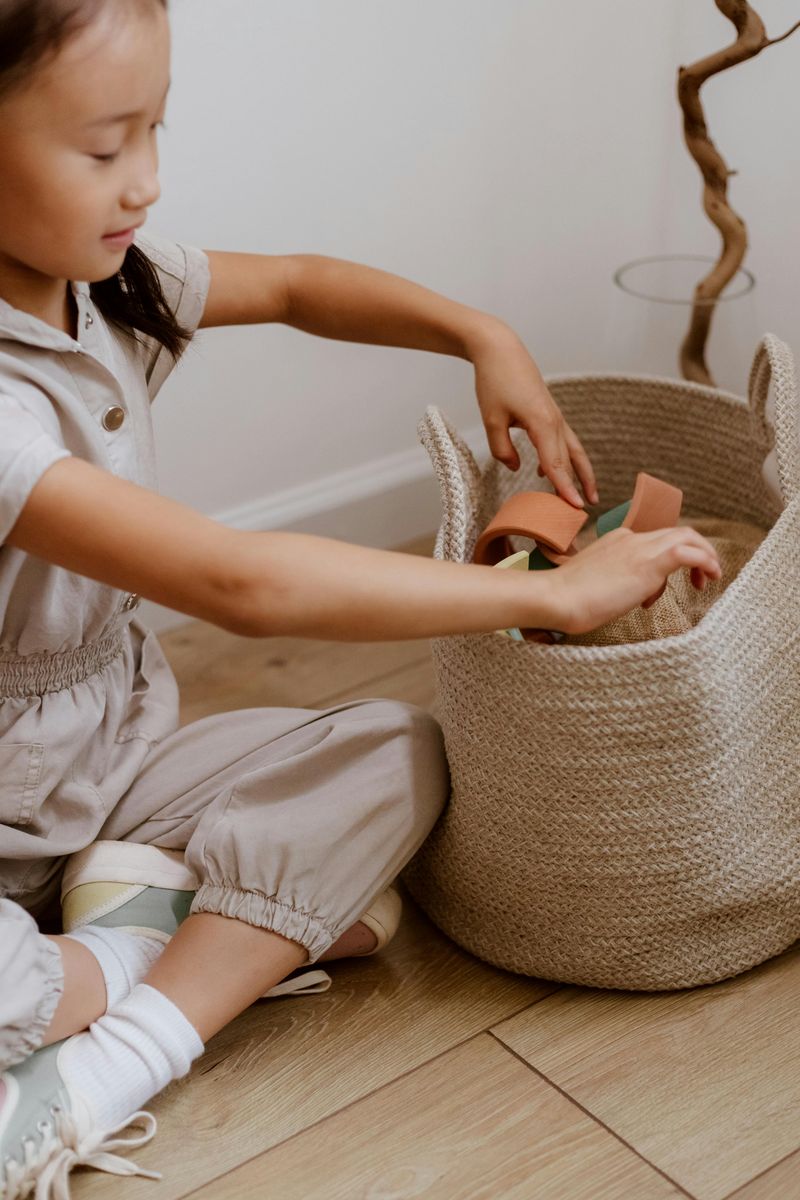
Toy cleanup transforms from dreaded chore to manageable task when approached correctly. Color-coded bins, picture labels, and consistent storage spots make the process intuitive even for non-readers. The magic happens when cleanup becomes part of playtime rather than an interruption.
Five-minute warnings before cleanup time prevent the shock of sudden transitions. Adding playful elements works wonders—racing a timer, singing a special cleanup song, or pretending toys are ‘going home’ after their adventures. These simple tweaks make all the difference.
Remember that organization skills develop gradually. Your child might initially need gentle reminders about which toys go where, but with consistent practice, they’ll soon be cleanup champions.
3. Help Set the Table
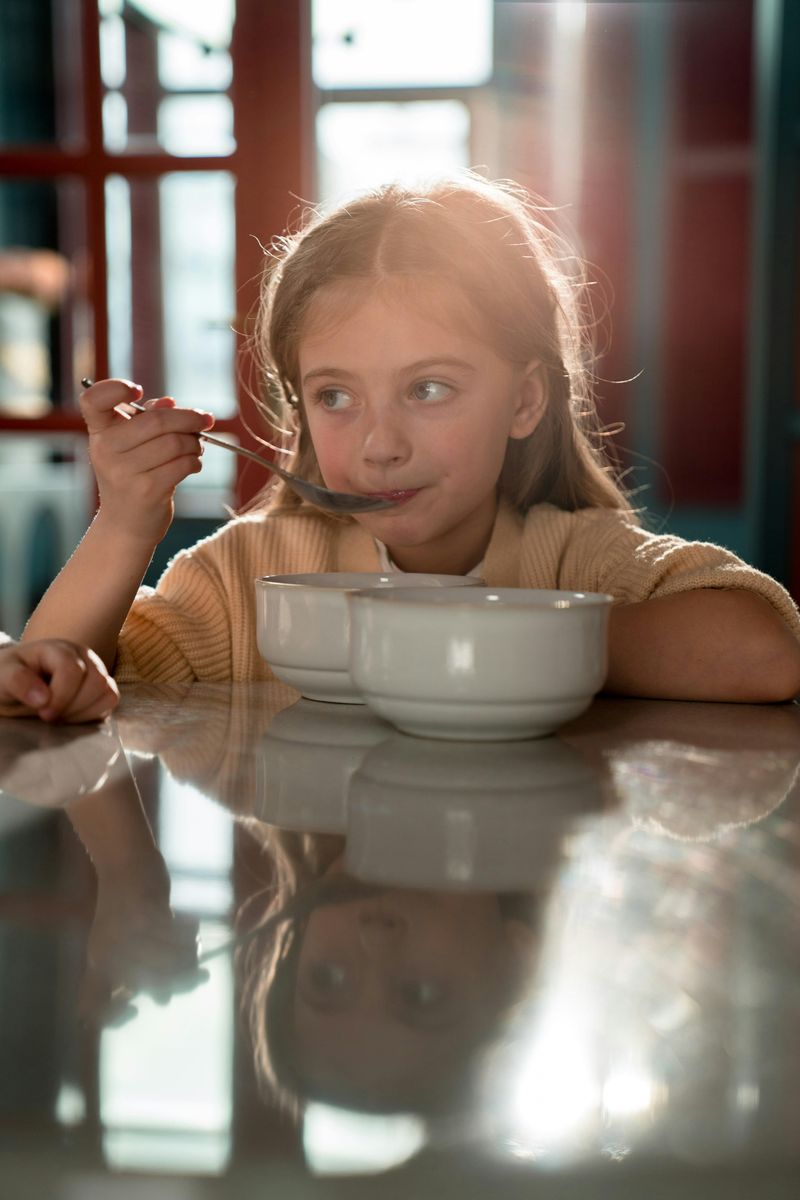
Mealtime preparation creates perfect opportunities for little helpers to shine. Plastic cups, cloth napkins, and child-safe utensils become valuable learning tools in small hands. Your five-year-old will beam with satisfaction seeing everyone using the place settings they arranged.
Create a simple visual guide showing where each item belongs—perhaps a placemat with outlines for plate, cup, and silverware. This visual reference promotes independence while teaching practical spatial awareness. Many parents find that children who help prepare for meals tend to be more engaged during family dinnertime.
Start with weekend meals when there’s less rush, gradually adding weekday responsibilities as confidence grows. The dinner table becomes more than just a place to eat—it transforms into a showcase for your child’s growing abilities.
4. Clear the Table
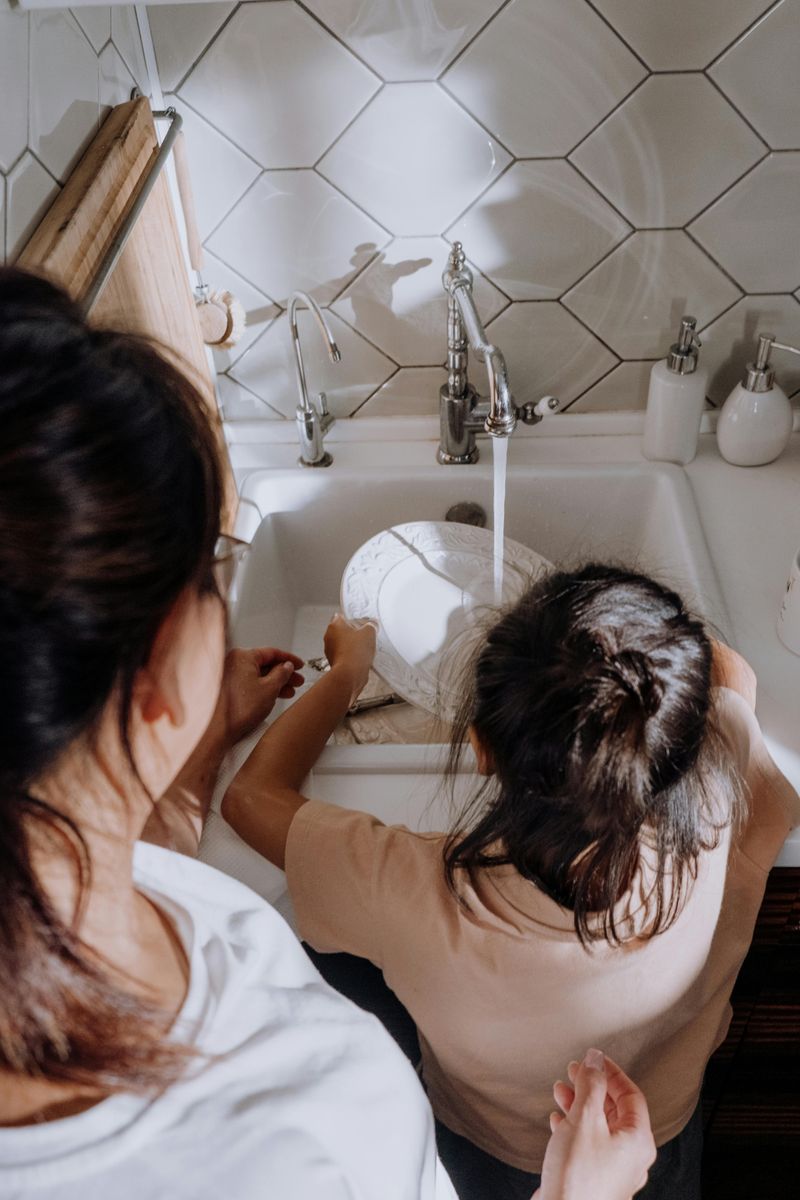
After-meal cleanup offers perfect opportunities for your five-year-old to practice balance and responsibility. Carrying their own plastic plate and cup to the counter or dishwasher builds coordination while establishing helpful habits that last a lifetime. The sense of accomplishment from completing this grown-up task is immediately visible on their proud faces.
Establish a simple routine: scrape food scraps into the trash, stack plates in a designated spot, and place cups beside the sink. Many children especially enjoy the cause-and-effect of helping load the dishwasher—the satisfying click as items lock into place.
For safety, reserve breakable items and sharp utensils for adult handling. Focus instead on praising their growing independence with this manageable responsibility that directly contributes to family mealtimes.
5. Feed Pets

The special connection between children and animals makes pet feeding an eagerly anticipated responsibility. Your five-year-old’s face will light up knowing they’re caring for their furry friend’s basic needs. This nurturing task fosters empathy while teaching the importance of consistent caregiving.
Set your child up for success with pre-measured food portions in lightweight containers they can easily manage. A small scoop with clear markings helps them understand appropriate amounts. Many families find creating a visual checklist with morning and evening feeding times helps children remember their important job.
Always supervise around larger pets during feeding time. The pride your child feels when the family dog wags its tail in anticipation or the cat purrs appreciatively provides natural positive reinforcement that no sticker chart can match.
6. Water Plants
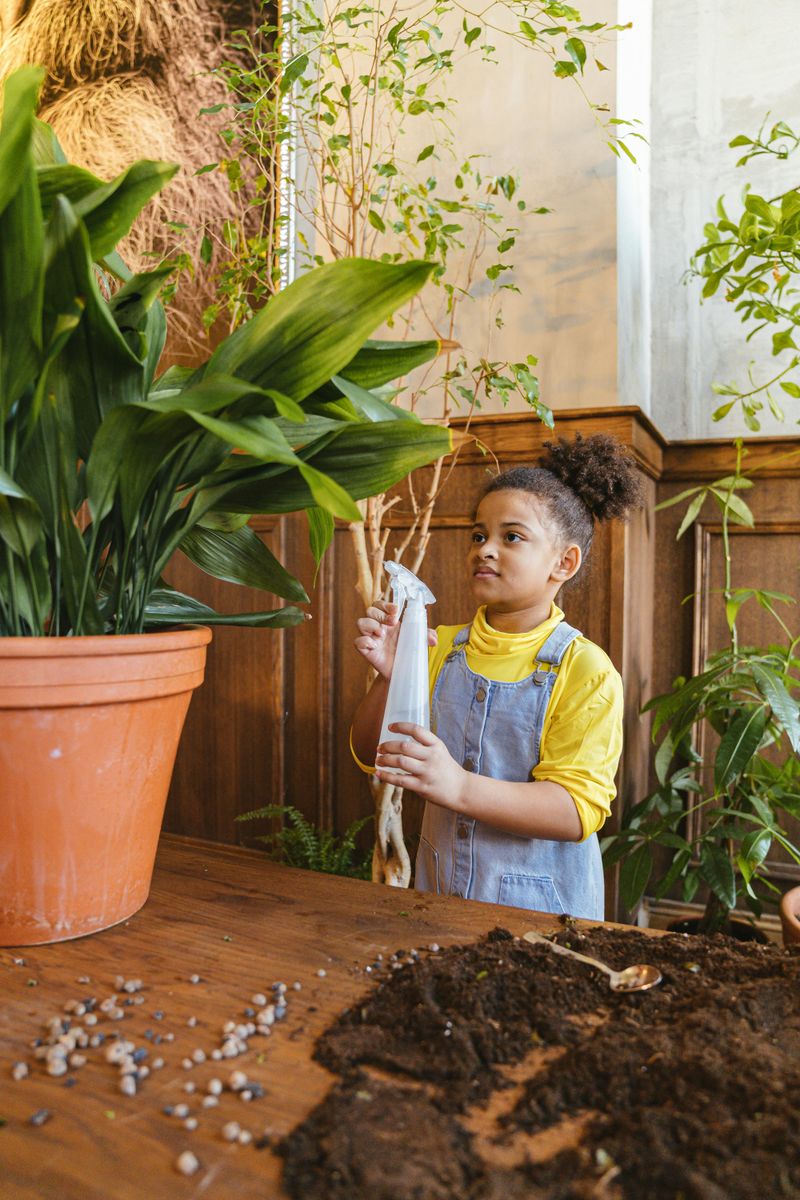
Plant care introduces your five-year-old to scientific concepts through hands-on experience. A child-sized watering can with measurements marked clearly becomes their special tool for this important job. Watching plants respond to their care provides visible evidence of their positive impact.
Start with resilient houseplants that forgive occasional overwatering. Succulents, pothos, and spider plants make excellent beginner options. The routine of checking soil moisture before watering teaches observation skills and patience, while recording growth with simple drawings creates a meaningful connection to the plant’s development.
This responsibility naturally sparks conversations about living things and their needs. Many children develop deep attachment to ‘their’ plants, often naming them and checking daily for new leaves or growth—an early lesson in environmental stewardship that begins right on your windowsill.
7. Sort Laundry
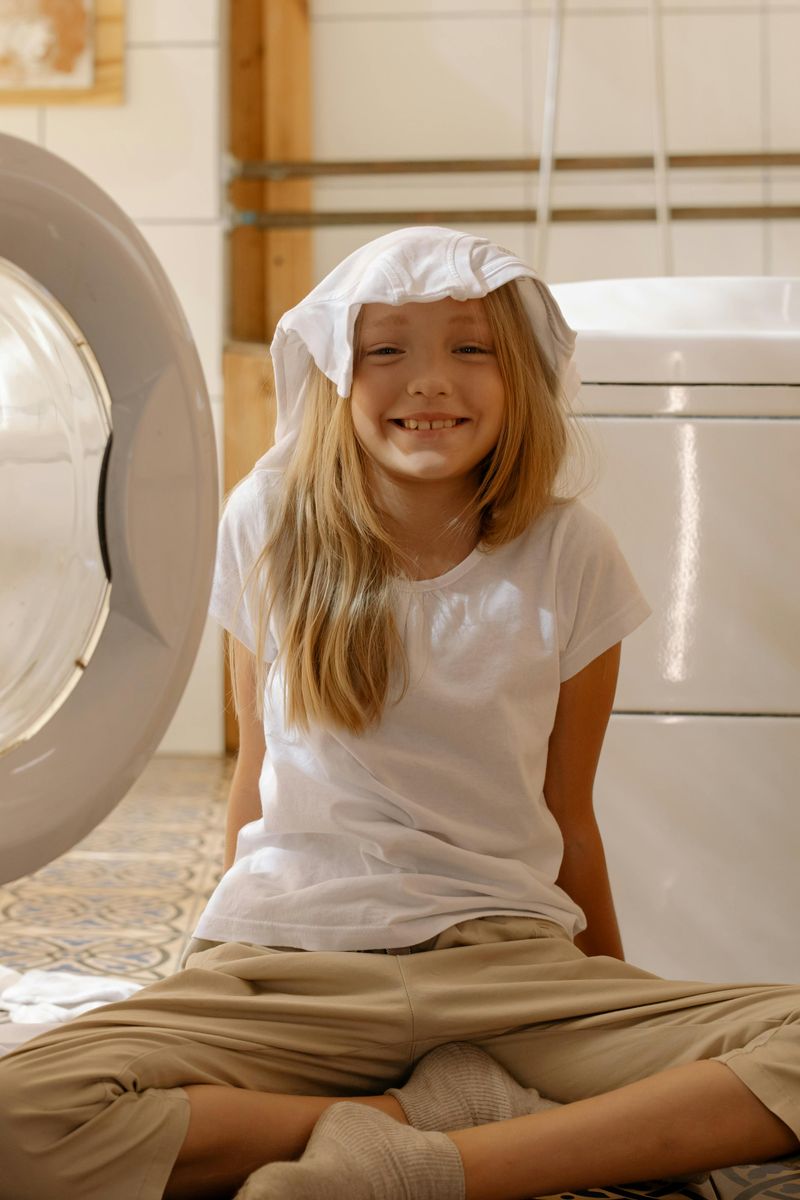
Laundry sorting transforms into a playful classification game that sharpens cognitive skills. Your five-year-old will delight in the satisfying challenge of matching socks, creating neat piles by color, or identifying which clothes belong to which family member. This practical activity reinforces color recognition and develops sorting logic.
Fresh laundry’s sensory aspects—the warmth of clothes from the dryer and their clean scent—make this chore particularly appealing to young helpers. Start with simple tasks like finding sock pairs or separating clothes by family member before progressing to color sorting. Many children enjoy creating a ‘sock matching station’ with their own small basket.
Consider using this time to introduce concepts like ‘same/different’ or counting in pairs. The pride of contributing meaningfully to family routines while mastering new skills makes laundry day something to look forward to rather than dread.
8. Dust Low Surfaces
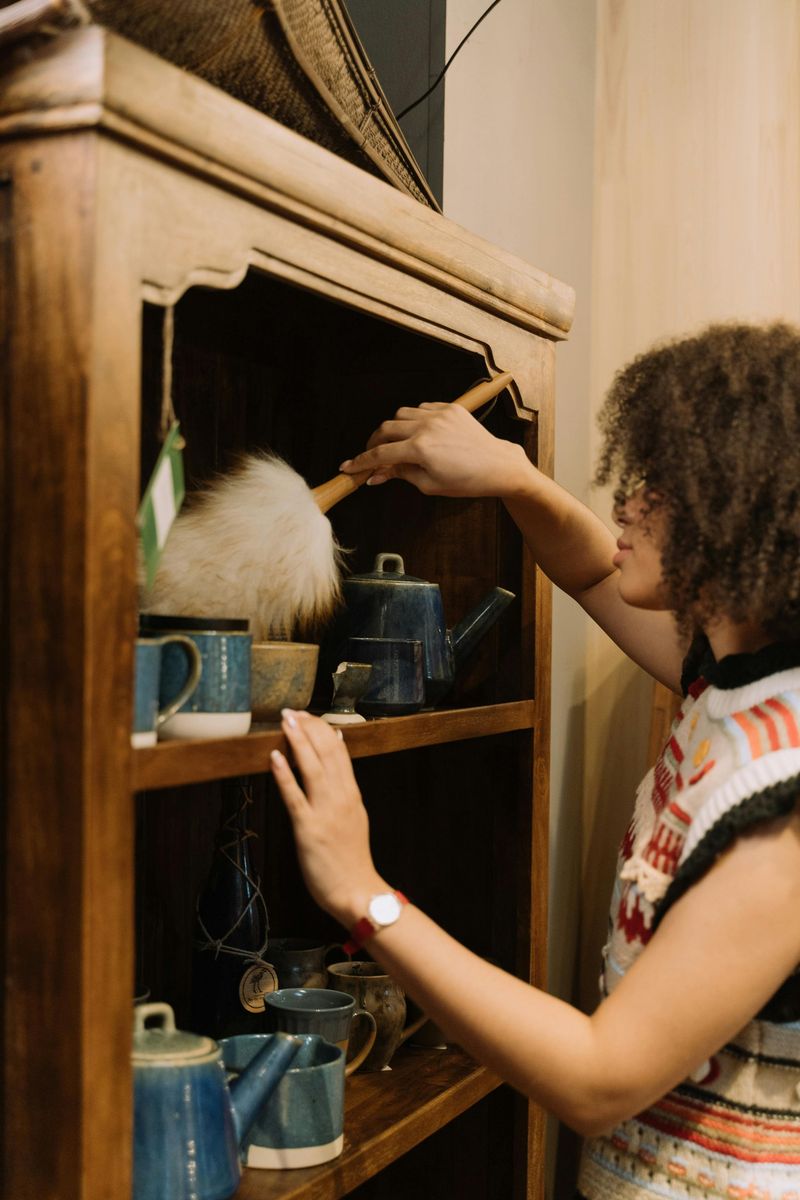
Transforming dusting into a treasure hunt makes this chore irresistible to curious five-year-olds. Equipped with their very own microfiber cloth or sock puppet duster, your child becomes a ‘dust detective’ on an important mission. Baseboards, coffee tables, and bookshelves within reach become their domain of responsibility.
Child-safe furniture polish isn’t necessary—a slightly dampened cloth works perfectly for most surfaces. The immediate visual feedback of a clean surface compared to a dusty one provides satisfying proof of their efforts. Many children develop a sense of ownership over their designated dusting zones.
This activity naturally improves attention to detail as children learn to spot dusty areas. The physical movement involved—reaching, wiping, and inspecting—develops motor control and coordination. Best of all, they’re genuinely helping maintain a cleaner, healthier home environment while building cleaning habits that will serve them throughout life.
9. Put Away Groceries
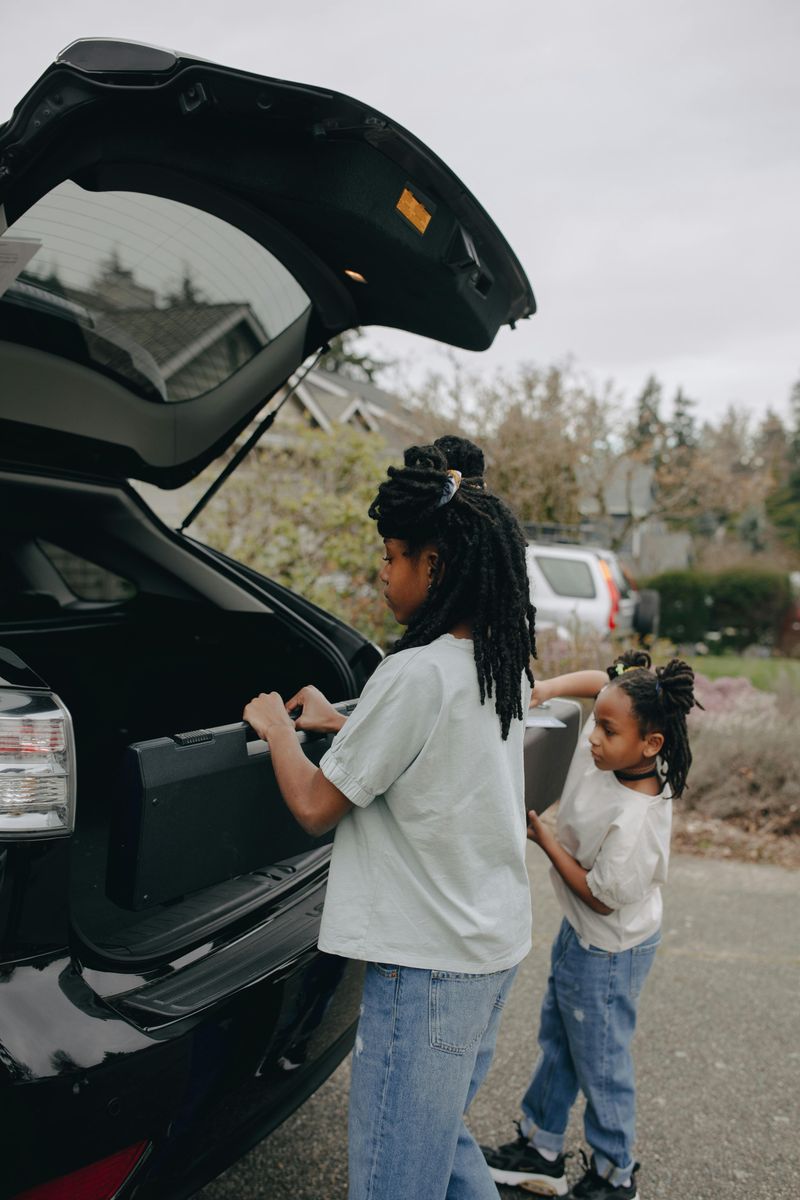
Grocery unpacking becomes an exciting learning opportunity when your five-year-old joins the process. Assigning them specific lightweight, non-breakable items creates manageable success. Cereal boxes, bread, bananas, and paper goods become their special responsibility to deliver to proper locations.
This activity naturally reinforces categorization skills as children learn which items belong in the refrigerator versus the pantry. The satisfaction of contributing to family food organization creates genuine pride. Many parents find this task sparks natural conversations about food groups, healthy choices, and meal planning.
Consider creating a special step stool station near the pantry so your helper can reach designated shelves independently. For extra engagement, ask them to count items as they put them away or name the colors of different fruits and vegetables. This practical math and vocabulary practice happens naturally within a meaningful household routine.
10. Help With Simple Meal Prep
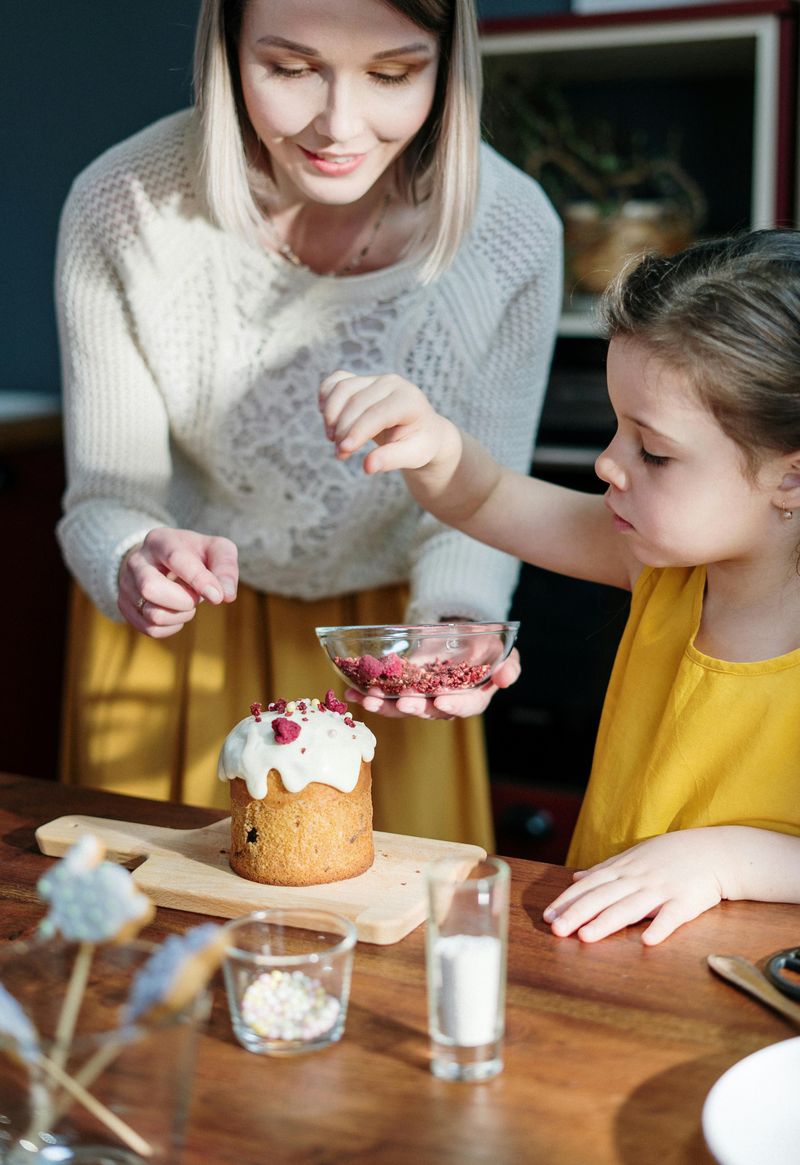
The kitchen transforms into a laboratory of learning when your five-year-old becomes your sous chef. Washing fruits and vegetables in a colander, tearing lettuce leaves, or stirring pancake batter creates meaningful contributions to family meals. These tasks develop fine motor skills while building a healthy relationship with food preparation.
A stable step stool positioned at a clear countertop section creates their dedicated workspace. Child-safe tools like plastic measuring cups and wooden spoons become treasured equipment in small hands. Many families find that children who participate in cooking show greater willingness to try new foods they’ve helped prepare.
Beyond the practical skills, cooking together creates precious connection time. Simple recipes with 3-4 ingredients provide perfect starting points—think fruit salad, simple sandwiches, or no-bake cookies. These kitchen moments plant seeds for lifelong cooking confidence and nutritional awareness.
11. Wipe Spills
Spills happen frequently with young children, but these mishaps create perfect teaching moments about responsibility and problem-solving. Keeping child-sized cleaning cloths in accessible locations empowers your five-year-old to address their own small messes immediately. The cause-and-effect lesson is powerful: ‘I spilled it, I can clean it.’
Start by demonstrating the proper wiping technique—press down gently, then wipe in one direction rather than spreading the spill further. For larger spills, show how to use a dry cloth first to soak up liquid before wiping. Many children take surprising pride in their growing cleaning abilities.
This simple skill builds independence while reducing parent frustration over minor accidents. When children know how to handle small messes, they develop confidence in their problem-solving abilities. The natural consequence of cleaning their own spills also encourages more careful handling of drinks and food.

Comments
Loading…